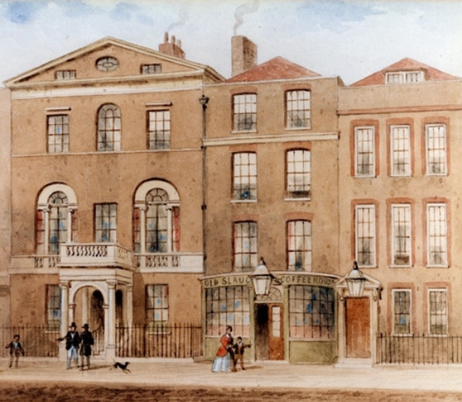- voiceforus
- Feb 12, 2022
- 3 min read
Did you know that a group of penguins in the water is called a raft but on land they're called a waddle?
Although penguins are birds, they don’t have wings so they do not fly. Penguins have adapted flippers to help them swim in the water.
To move fast through the water, penguins use a technique called porpoising, the act of alternate rising above the water and submerging.
To move quickly on ice, penguins then switch to tobogganing, the act of laying on their stomachs and propelling themselves horizontally, sliding across the ice and snow using their flippers and feet for propulsion, steering, and braking.
Unlike most birds, who lose and replace a few feathers at a time, penguins molt all at once, spending two or three weeks land-bound as they undergo what is called the catastrophic molt.
And, unlike most sea mammals, who rely on blubber to stay warm, penguins survive because their feathers trap a layer of warm air next to the skin that serves as insulation, especially when they start generating muscular heat by swimming around.
According to GreenPeace, the first bird who was called a penguin was the now-extinct Great Auk found in the North Atlantic and fossil evidence shows that penguins evolved before the dinosaurs died out.
But where do penguins live in our times?
Most of them live in the Southern Hemisphere. Large penguin populations can be found in countries such as Australia, Argentina, Chile, New Zealand, and South Africa.
The only penguin species that ventures north of the equator in the wild is the Galapagos Penguin.
No penguins live at the North Pole.
How many times, when looking at penguins have we asked ourselves why they are black and white?
Their coloring, known as countershading, is camouflage that protects them from predators such as leopard seals and sharks.
When looking at penguins from above, their black backs blend into the murky depths of the ocean, while when looking at them from below, their white undersides are hidden against the brightness of the ocean's surface.
Did you know that despite their lack of visible ears, penguins have excellent hearing?
They rely on distinct calls to identify their mates when returning to the crowded breeding grounds.
Penguins spend around half their time in water. They eat a range of fish and other sea life that they catch underwater. Penguins have a very fast metabolism meaning they need to poop, a lot. Reportedly, they poop every 20 minutes, and their poo is visible from space. You’ll see why as you read on.
While hunting for food, penguins ingest a lot of seawater. A special gland behind the penguins’ eyes called the supraorbital gland, filters out the saltwater from their blood stream and excretes it through their beaks, or by sneezing.
Scientists estimate there are between 17 and 19 species of penguins.
The Emperor Penguin is the tallest of all penguin species, reaching as tall as 47 inches (120 cm.) in height.
Emperor Penguins often huddle together to keep warm in the cold temperatures of Antarctica.
According to WWF, “Emperor penguin colonies have been discovered and counted from space. A survey led by British scientists in 2012 used satellite technology to identify emperor colonies from the poo stains left on the ice at breeding sites.”
King Penguins are the second largest penguin species. They have four layers of feathers to help keep them warm on the cold subantarctic islands where they breed.
Little Blue Penguins are the smallest type of penguin, averaging around 33 cm. (13 inches) in height.
On a romantic note, penguins tend to be monogamous and can even be in same-sex couples.
Similarly, most species are also loyal to their exact nesting site, often returning to the same rookery in which they were born.
If you would like to read more “Did you know….?” stories by Voice For Us, please click here. Enjoy it!
Sources:



























